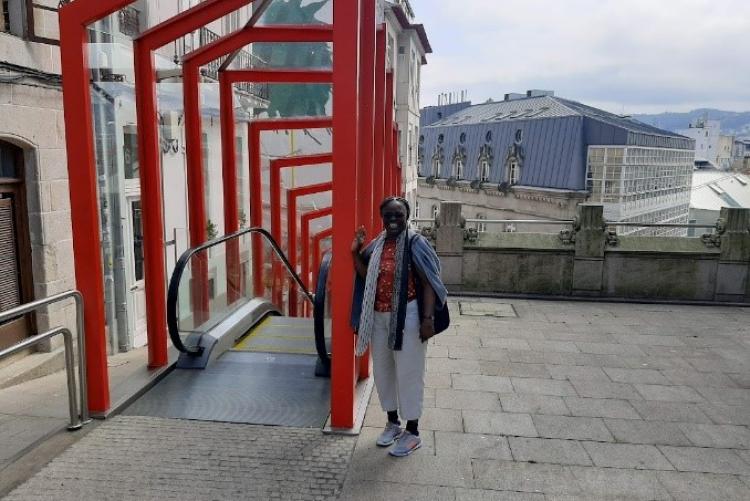UoN staff experience in Spain through Erasmus Programme
UoN Faculty member, Prof. Lilac Osanjo visited Spain through the Erasmus Plus Programme in May 2023. Prof. Osanjo documented her experience through this article.
This particular Erasmus cohort focused on fine art and design. The institutions we visited had vocational training, undergraduate and postgraduate programmes. This included IES Rebeiro do Louro (the host institution) and Xunta do Garcia. We interacted with art in the museums such as the sculpture of Mary. The picture here does not clearly show the detail that the artist (who is a doctor by profession) put into the work. The sculpture carved from wood, bears many features of the local culture such as the nose, the fabric motifs and the headgear. At the base of the sculpture are patterns from shreds taken off from the crown of thorns that Jesus wore. In the background are works by other artists from Vigo. Most of the paintings are from Laxeiro. I could write a lot about what I learnt about Laxeiro, but I shall just summarize by stating that he is celebrated as a contemporary Galician artist and his masterpieces dote the walls of the gallery.
Apart from the immediate interactions, the mobility offered an opportunity to experience Spain, see the art and culture and appreciate the environment. The academic opportunities are many, but the most immediate include student and staff exchanges and joint studios. There is an opportunity for theatre performance in collaboration with the Conservatorio Superior de Musica de Vigo; students can have short exchanges in computer technologies, fine art, architecture and hair and beauty therapy among other things. As a follow up, it is hoped that we twin in specific areas with institutions in Spain and make application for support from the consortium. Of note is that the European counterparts are not too eager to come to Africa and would rather move to other Asian countries (Philippians, India and others), however, the consortium is eager to have more African students and staff move to Spain. Some of the other sentiments coming through is that African Universities are not responsive. They write emails, send out calls and even visit websites but, there is not enough information or no response at all to the communication.
Hola Helo,
Vigo is a coastal city in the northern part of Spain on the shores of the Atlantic Ocean. From this city we crossed to IES Ribeira do Louro, in Torneiros. IES Riberia was our host institution and it is a middle level college that has students from 11 years up to university. As we walked into the institution we were greeted with “Hola” (Spanish for helo) and I am not sure of the expected response but we just hola’d back too, with a smile.
The particular activity was facilitated by European Union, CARTES Consortium and other partners. The consortium is made up of several universities in Spain. The focus of this activity was on fine arts, visual design and architecture (specifically restoration). Seven universities were represented that included four from Albania, Cape Verde, Philippines, Bosnia Herzegovina, and two from Kenya namely St Paul’s University and University of Nairobi. Local institutions and universities that participated included IES Riberia do Louro (the host), Xunta de Galicia and Conservatorio Superior de Musica de Vigo. The interactions involved presentations by each institutions highlighting areas of possible collaboration and mobility for staff and students. During the field visits to the institutions we were also looking for opportunities.
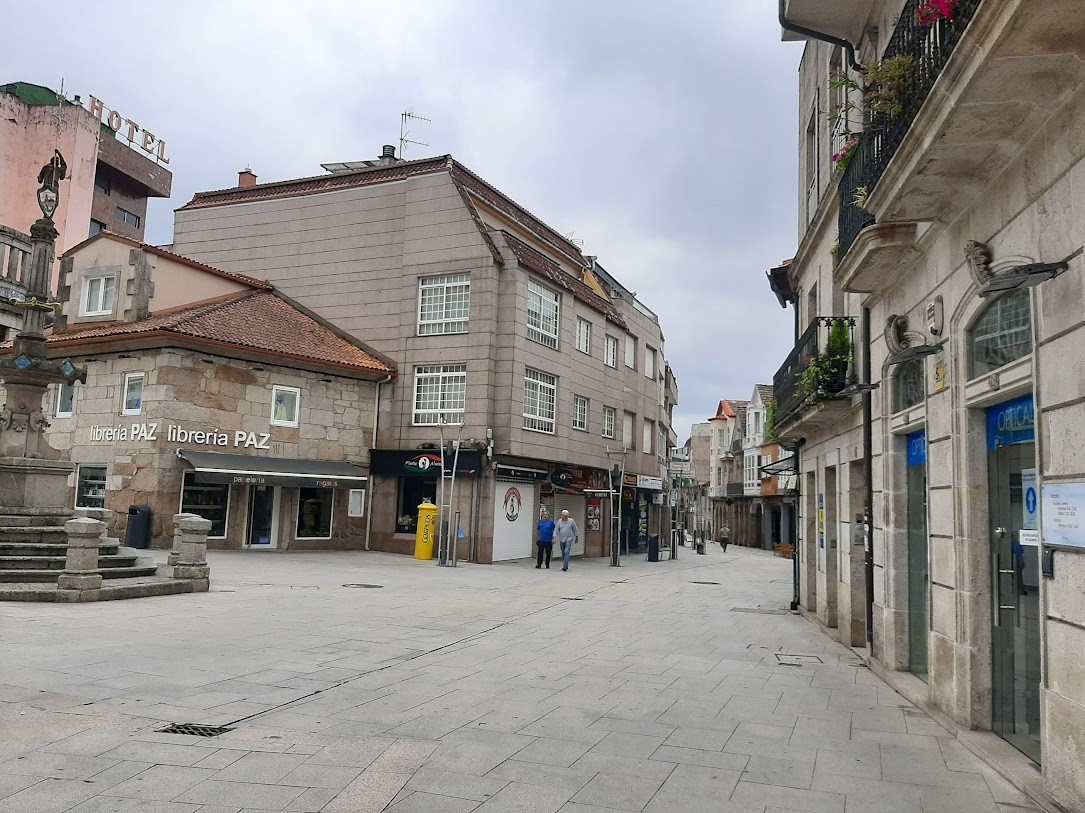
The city of Vigo is very hilly. It is dotted with typical European architecture. Many of the buidlings have detailed sculptures on the walls and rooftops. These are coupled with detailed metal railings on the verandas. There are a few public sculptures. Most notable is the sculpture of Los Redeiros by Ramon Conde that depicts seven fishermen pulling out their net from the water. The sculpture has a fountain flowing from its base and it is said that this is the most photographed sculpture in Vigo. Additionally, the sculpture is strategically position on the busy street intersection that leads to the railway station and bus park. The other land mark is the five horses flying “literally” into the air.
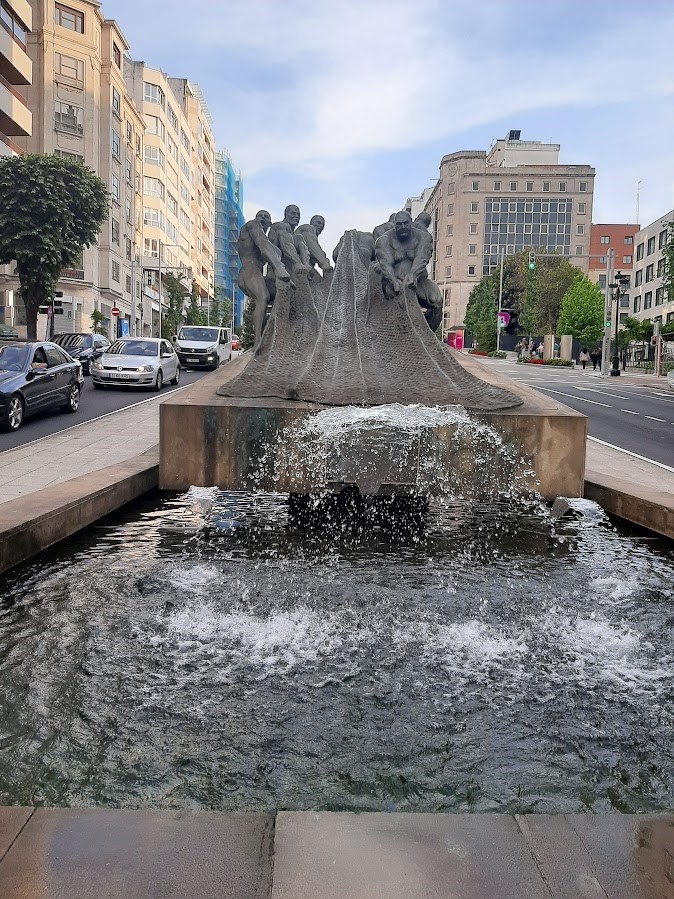
The city escalators were a major concern to the elderly populace and the president ensured he delivered in order to make it more comfortable for the elderly to climb up the many hills doting the city landscape. The escalators start at the main train station and public transport centre.
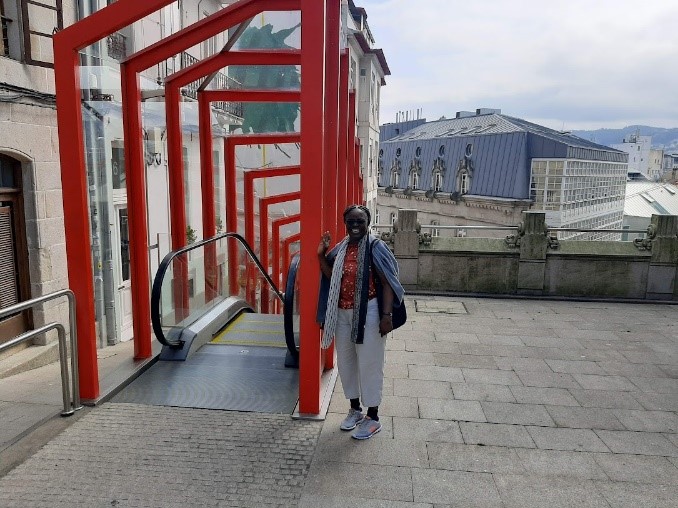
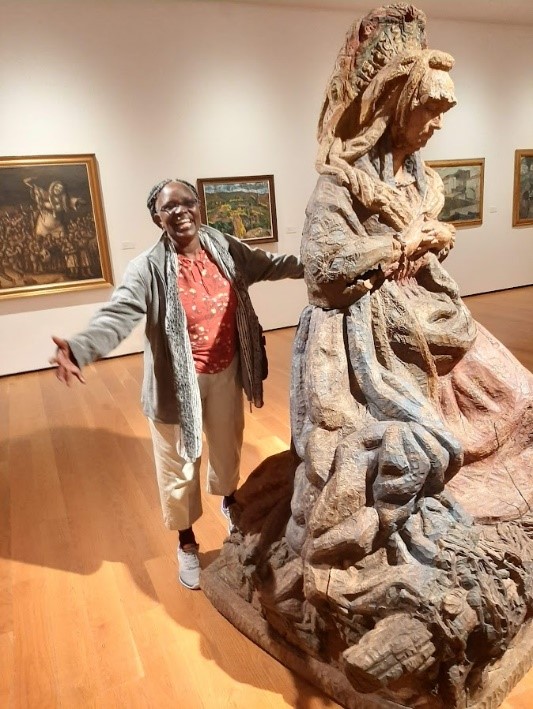
Hola helo, I will show you more of Spain soon.
- Log in to post comments

